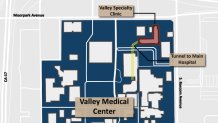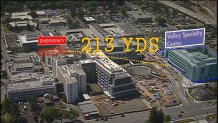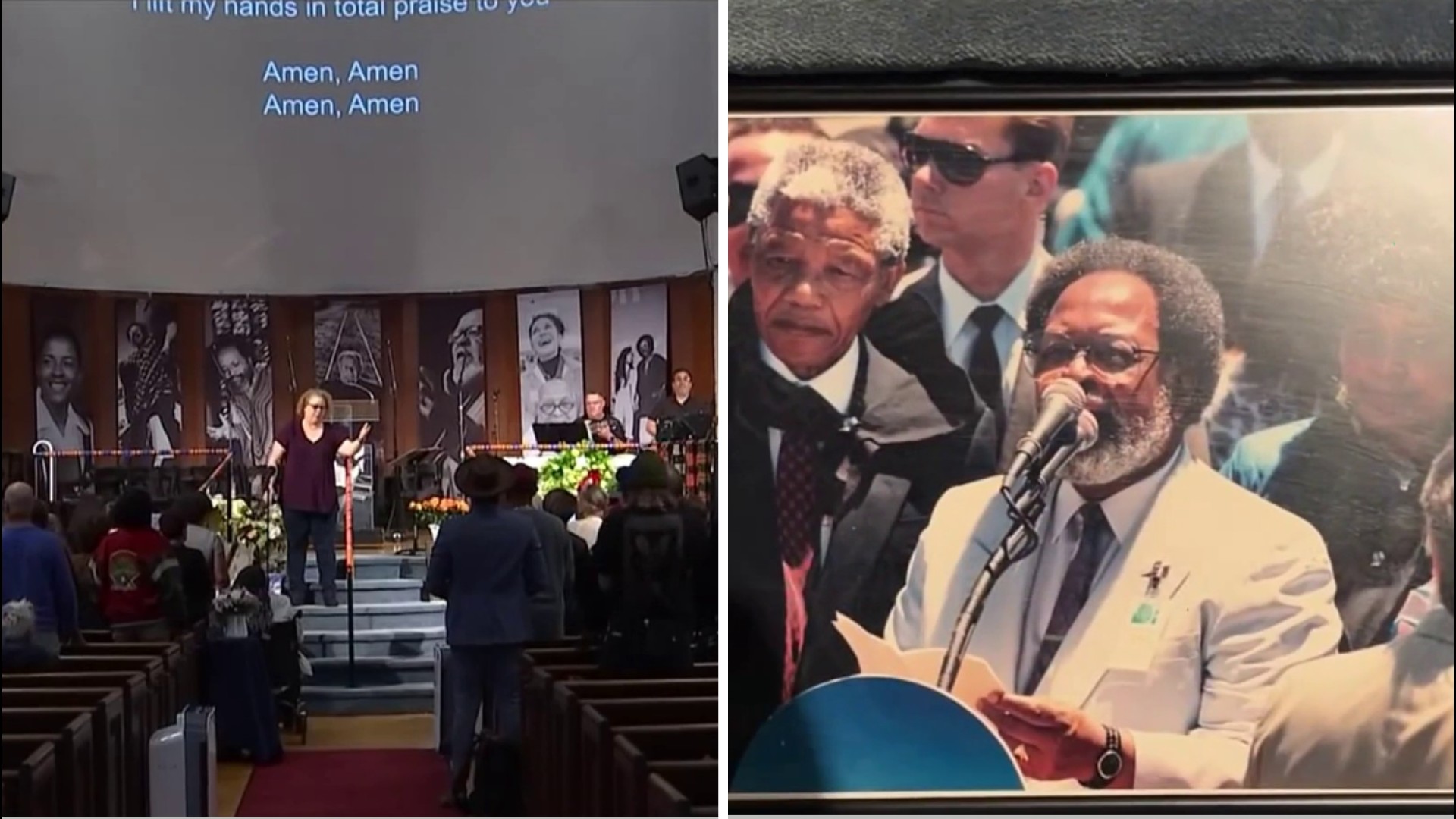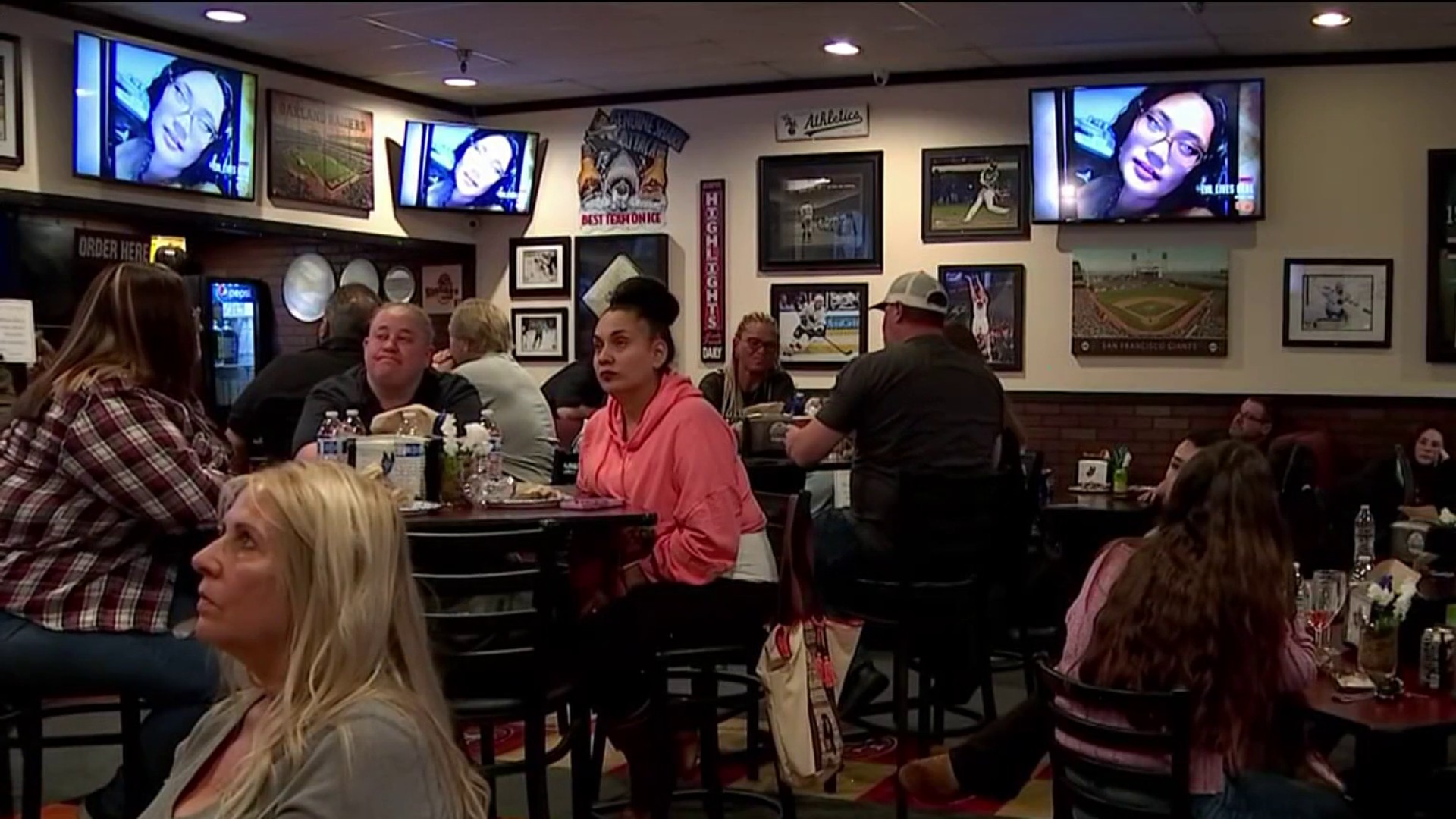The hundreds of non-emergency 911 calls to a hospital building in Santa Clara Valley Medical Center has some insiders saying calls are a waste of resources. The clinic apparently used 911 to transfer patients from one part of the campus to another.
An audit on response times last December identified the problem, expressing concern that these non-emergency calls could be taking emergency responders away from other more urgent calls. No action has been taken toward finding a solution.
New data obtained by the Investigative Unit now shows the calls have become even more frequent than when the audit reviewed the data.
The county audit identified 221 calls to the address of Valley Medical Center(VMC) over a 21-month period from July, 2012 to April.
VMC told auditors the calls were actually coming from Valley Specialty Center, a 5-story outpatient clinic adjacent to the main hospital, which shares the same address.
The Specialty Center is located across a parking lot from the Emergency Room, about the distance of two football fields. The two buildings are connected by a tunnel.

However, the clinic is still calling 911 to transport patients, taking SJFD and Rural Metro paramedics away from other calls in the county.
Local
The audit referred to these non-emergency, transport-only calls as “an inefficient use of 9-1-1 resources”:
“Firefighters said these calls frequently turn out to be situations where ambulance transport is needed, on a non-emergency basis, but 9-1-1 is being called to get it, rather than arranging for the transportation separately. Firefighters do not believe that 9-1-1 calls in such situations are justified, given that these facilities are already staffed with medical personnel.”
Veteran firefighters from San Jose Fire Department and paramedics at Rural Metro spoke anonymously with the Investigative Unit about the calls.
“You can count on it every day if you are working at that station,” an SJFD employee told the Investigative Unit. “It doesn’t make sense--you are going to send an ambulance that’s going to take them around the corner.”

When asked if there is a better way to do this, one paramedic responded, “Yes, of course there is.”
“The problem is it takes ambulances out of the system to run these calls,” the paramedic added.
The Investigative Unit was at Valley Specialty Center when calls came in on March 10 and March 30. The team watched as firefighters and paramedics responded to an inter-facility transfer. The paramedics picked up the patients at the speciality clinic and then drove them across the parking lot to the ER.
“I would say that the concerns you have heard are coming from a legitimate place,” said SJFD Emergency Services Chief Robert Culbertson. “Those people who want to deliver good care to the community.”
Culbertson works at the station that responds to VMC calls.
“I can say there are a significant number of calls from those facilities and where there are opportunities for improvements and efficiency, we communicate to the county to try to address those,” Culbertson said.
The Investigative Unit requested new data on emergency response calls from SJFD in the 10-month period following the audit, from May 2014 through the end of February of this year.
The data shows SJFD responded to 259 calls to VMC’s address in that period, the most calls to any single address. It’s more calls than the audit found in less than half the time. In other words, the rate of calls to VMC has more than doubled since the audit, taking even more emergency responders away from other more urgent calls in the county in order to see patients already in a medical building, surrounded by medical staff.
Chief Culbertson emphasized that SJFD has a contract to respond to emergencies within the county.
“We do not dictate county policy, we don’t enforce their policy. We do provide information and recommendations when appropriate, but the end of the day when someone calls 9-1-1 we are going to go out and try to help them,” said Culbertson. “I think it is absolutely correct to take a look at our system and look for ways to improve service.”
The Investigative Unit asked to interview someone from Santa Clara County’s EMS Department, but the county denied this request, citing a recent change in leadership at the department as the reason for unavailability.
Instead, the county permitted the Investigative Unit to interview VMC’s Chief Medical Officer, Dr. Jeffrey Arnold, on the topic. However, Dr. Arnold had not even seen the county audit until his interview with the Investigative Unit.
“I have not read [the audit],” Dr. Arnold told the Investigative Unit. “This is the first time it’s been brought to my attention.”
The audit, given to the Board of Supervisors in December, called for VMC staff to meet with County Communications and the Fire Department to find a possible solution, but this has yet to happen. The county says the Board will take up the issue in June.
One suggestion from the audit and emergency responders who spoke to the Investigative Unit: transport patients via tunnel:
"In the case of Valley Specialty Center, we recommend that VMC management assess whether it would be faster to transport patients by gurney using the basement level access between the two buildings and whether regulations under which the Center operates would permit this, or whether a waiver could be sought to such regulations for this purpose."

Valley Specialty Center is a designated “outpatient clinic” and according to the audit, the clinic is only permitted to transfer patients to an emergency room by ambulance. But the audit asks if the hospital could explore the option of seeking a waiver in order to utilize that underground tunnel.
Dr. Arnold disagreed with this recommendation, saying often times emergency responders do not know the gravity of the call until they arrive on scene.
“I think taking somebody by ambulance is the safest way to transport them,” Dr. Arnold insisted. “It is very typical for large health systems, large campuses, to use 9-1-1 to call for emergency assistance. It did not register as something unusual.”
Both the audit, and several paramedics and firefighters say there are other options for ground transportation, like using a private transport service so as to not clog up the 9-1-1 system.
The county already has one such contract with West Med, but is not using it in this situation.
“I would say if EMS thought they needed to sit down and talk with us, we would have welcomed that,” Dr. Arnold said.
As for the emergency responders, they all told the Investigative Unit they will continue to respond to any 9-1-1 call they get, but hope the county can find a more efficient way to handle calls at Valley Specialty Center.
“Those patients could be better served and the people of Santa Clara County could be better served if ambulances aren’t utilized for those calls,” the paramedic said.



